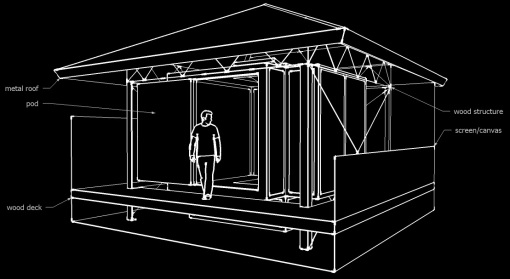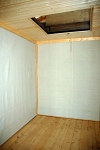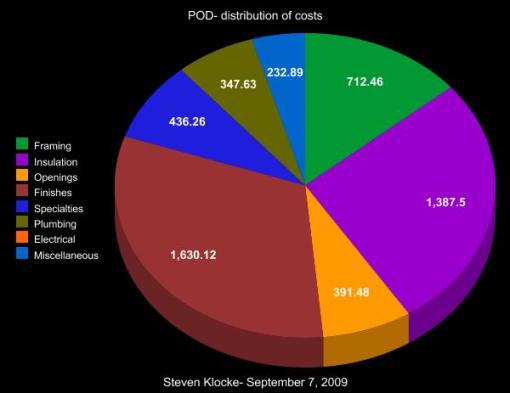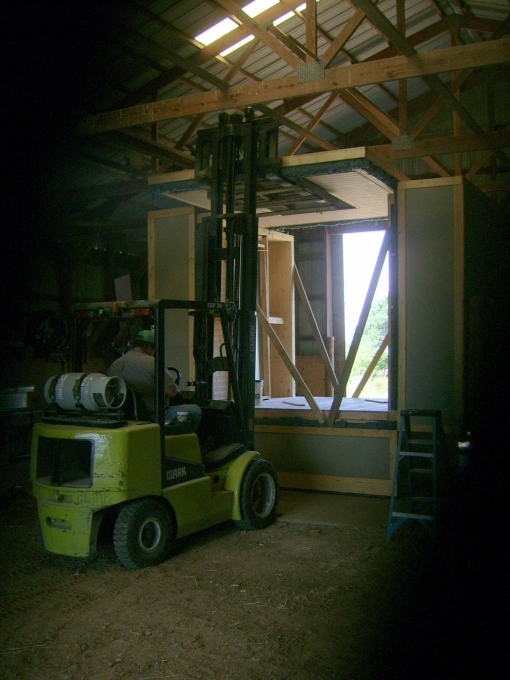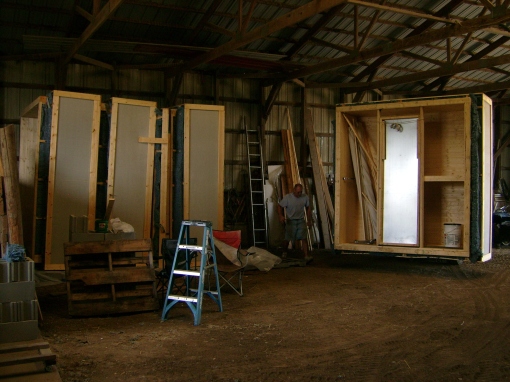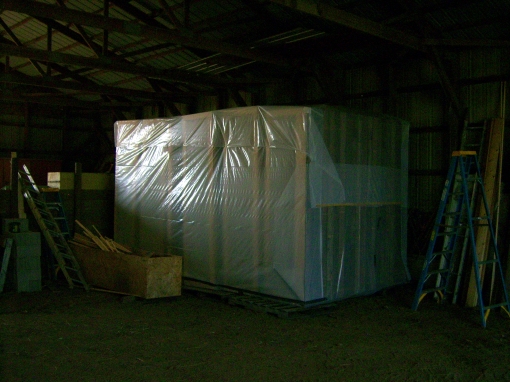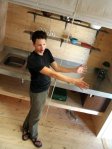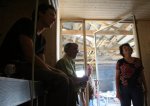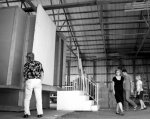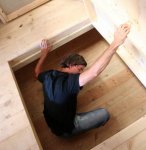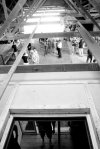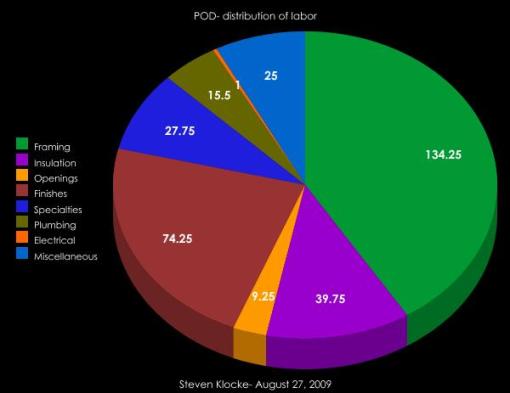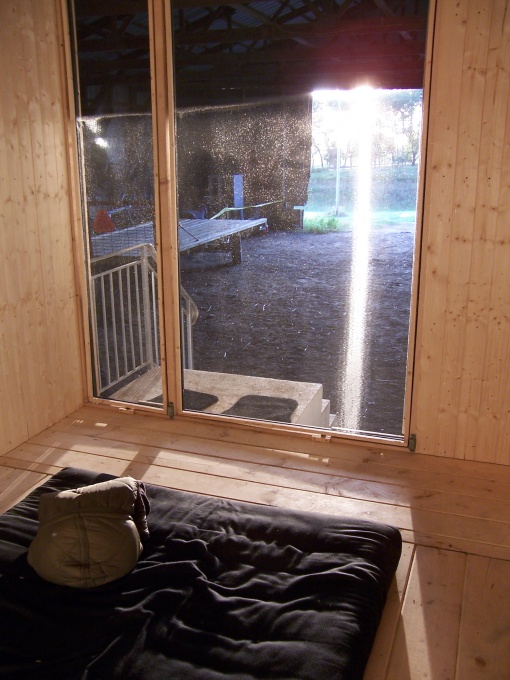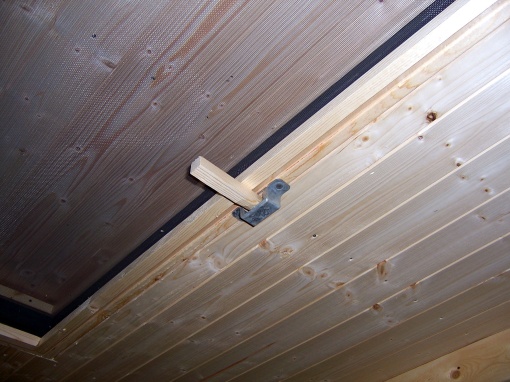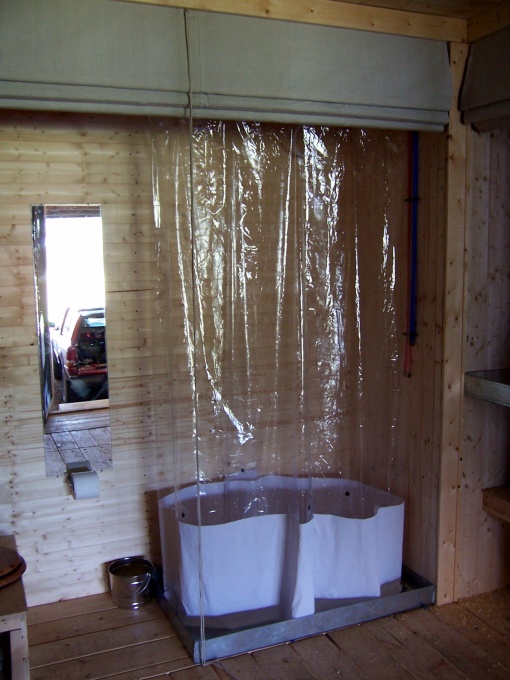 We’re finally settled in to our new place in Athens, GA. There’s just about as much work here as anywhere else in the country, but we’re not giving up. If we have to make our own work, that’s what we’ll do. (Check out http://athensenergyefficiency.com/.)
We’re finally settled in to our new place in Athens, GA. There’s just about as much work here as anywhere else in the country, but we’re not giving up. If we have to make our own work, that’s what we’ll do. (Check out http://athensenergyefficiency.com/.)
After referring a number of people to this blog, I realized that it might be helpful for me to write a summary of the project. So, here goes:
A few months ago, I decided to take a break from the residential design/build world to build a house; a tiny, modern, earth-friendly house, nonetheless. It was designed explicitly for one person (me), and it’s made almost entirely of wood and cotton. Eventually, I’ll build a greenhouse/screened porch enclosure for it, as it’s not weatherproof. It’s composed of six transportable components, and I’d like to think that it would be equally welcome in a rural or urban environment. With the proper investment in alternative energy sources (solar, wind, etc.), it could definitely function “off the grid”.
The long term plan for this project is to find a suitable location, build an enclosure there, and reassemble the pod within the enclosure. It will most likely become a part-time residence for Lydia and me, friends, family, etc.
I’d like to thank all of you who viewed and/or contributed to this blog. It was a great experience. Cheers.
